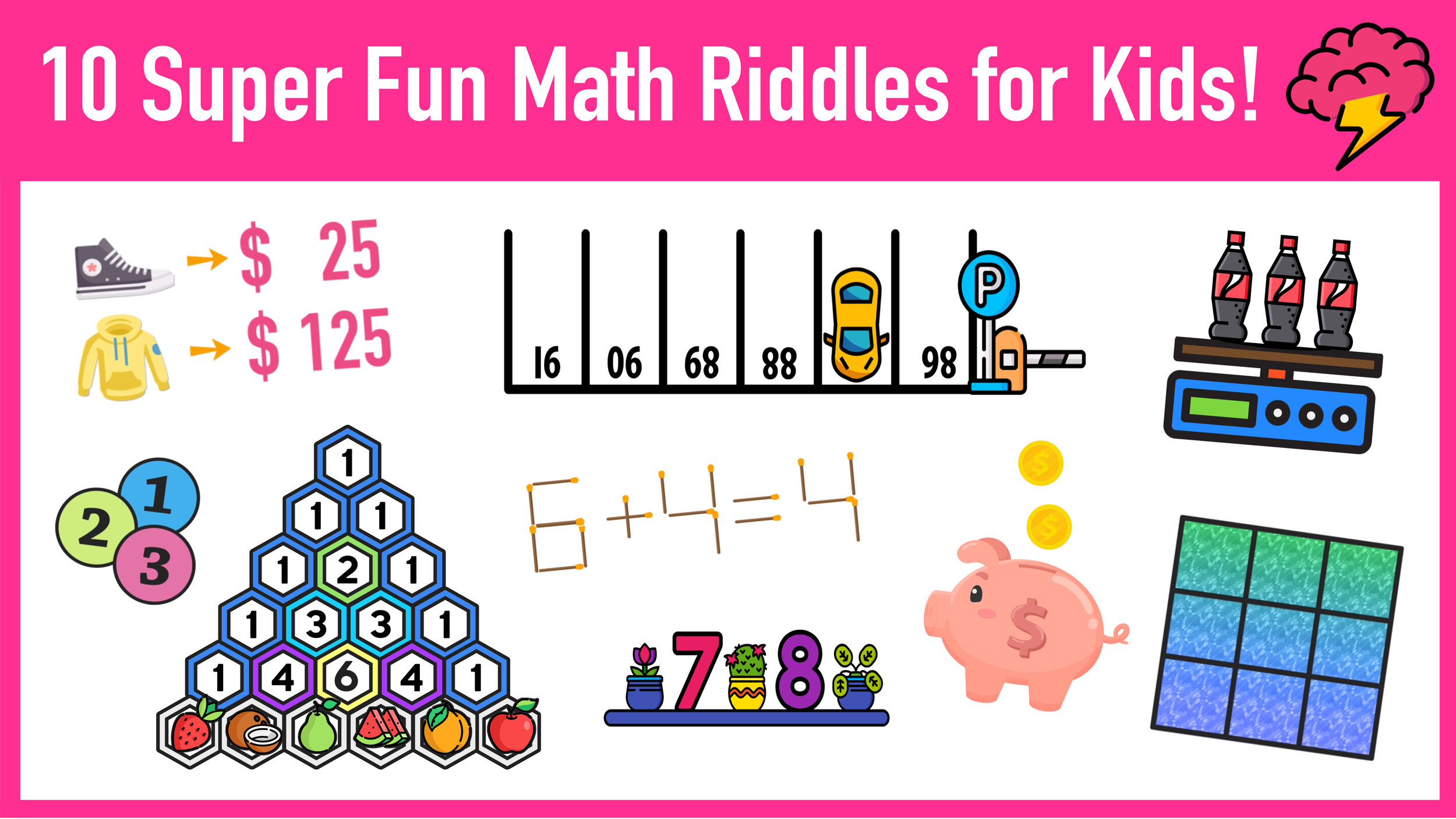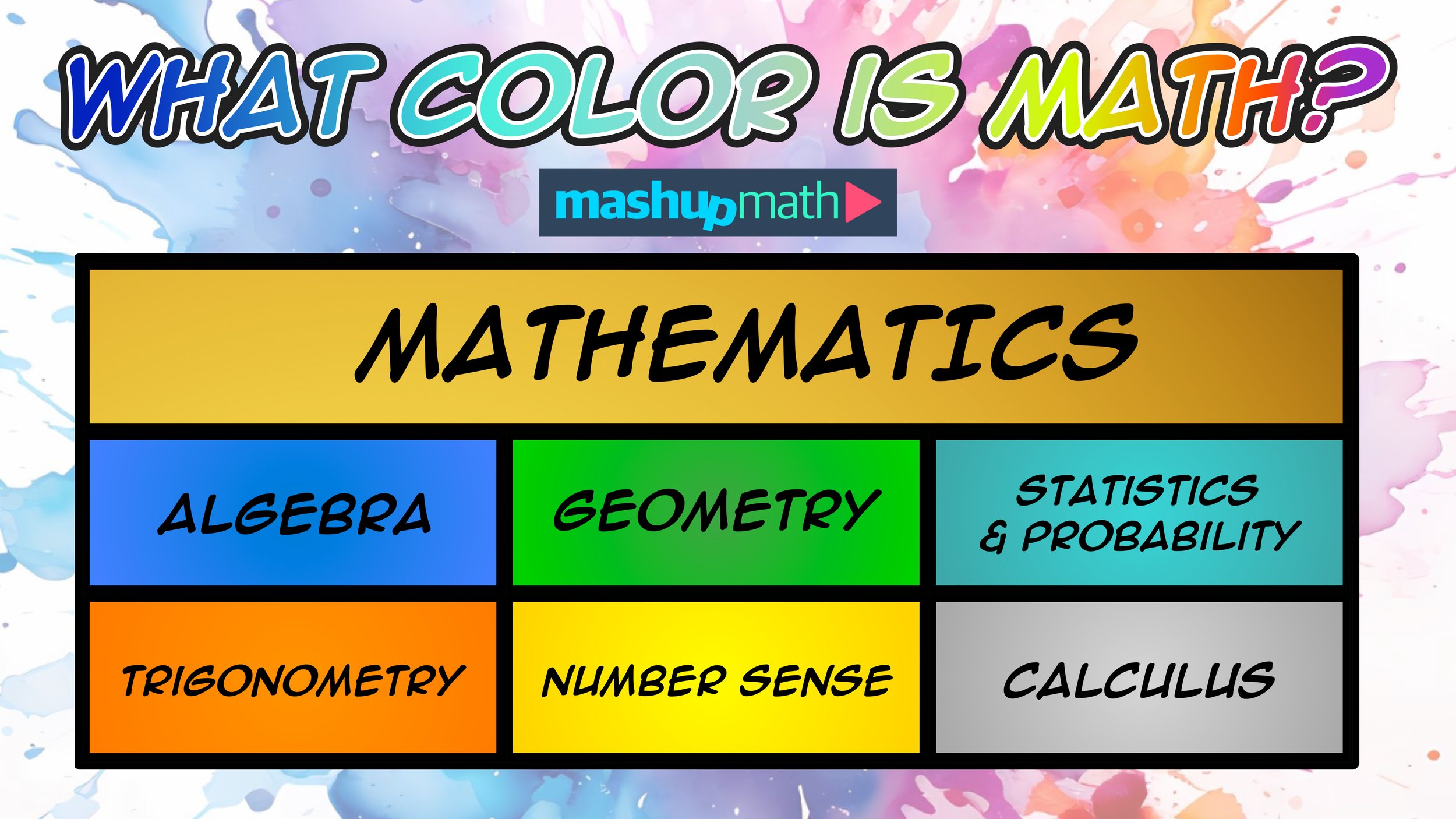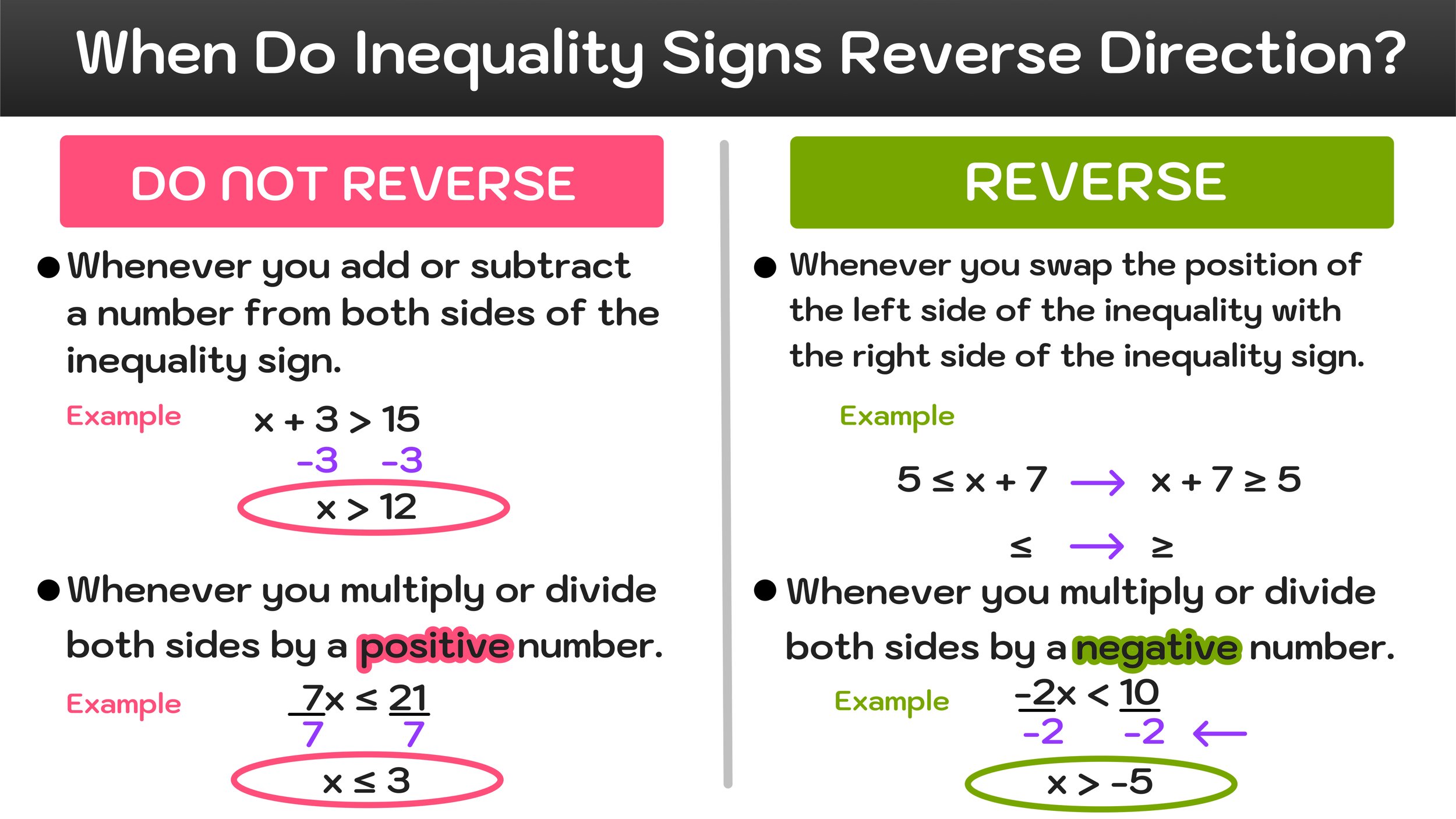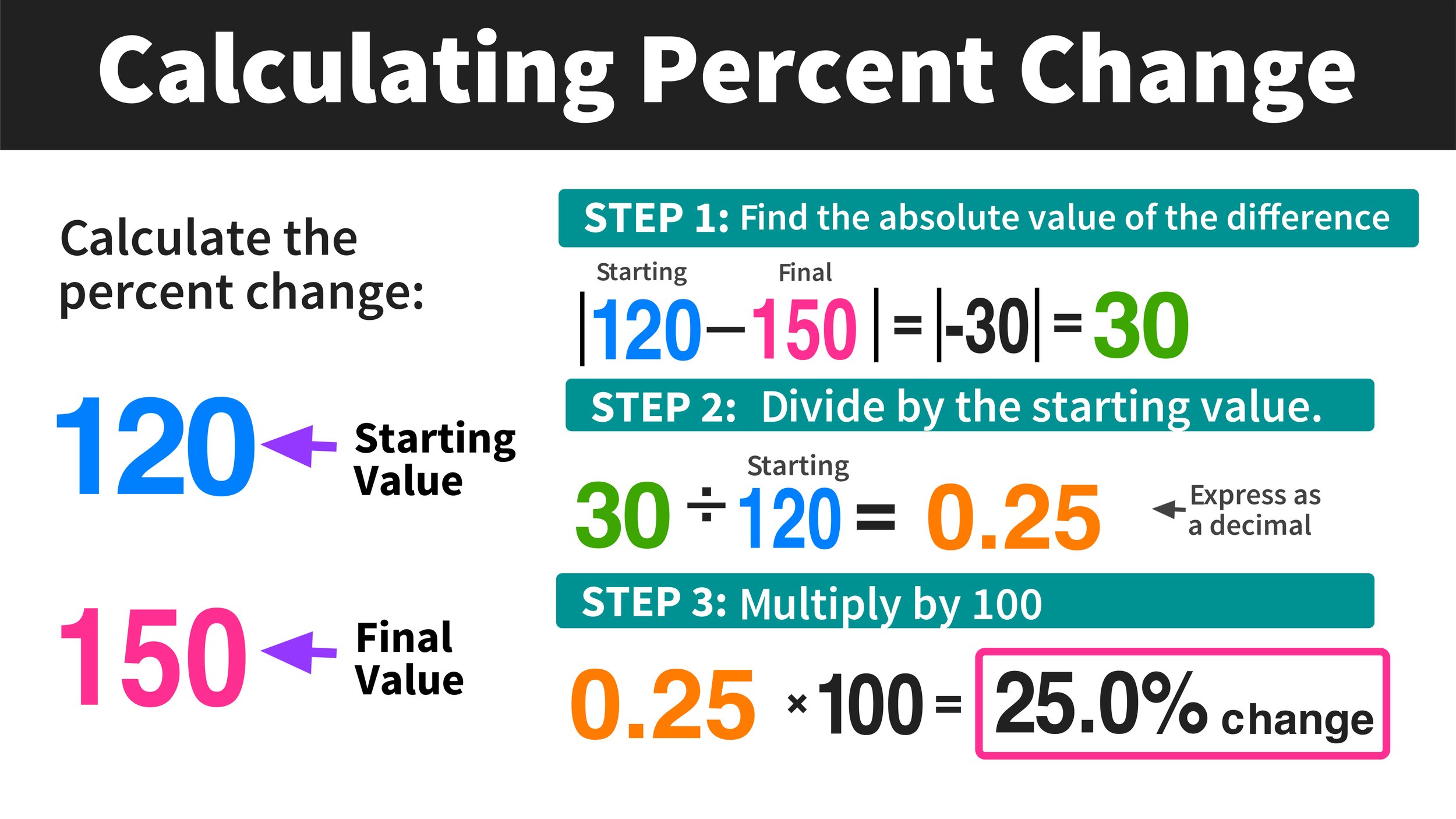21 Cute Math Pickup Lines for All Ages!
Looking to break the ice and start a conversation with a math fanatic?
Sometimes the right pickup line is all that you need. When it comes to courting someone who appreciates math, using a math-themed pickup line can go a long way.
So, to help you add a few cute and effective math pickup lines to your charm portfolio, today we are sharing 21 math pickup lines for all ages that any math fan will surely love.
A pickup line is a charming, clever, and/or humorous question or remark that is used to spark a conversation with someone by grabbing their attention or interest, typically in the form of courting, flirting, or dating. Pickup lines come in a variety of forms, as some are direct and bold, while others are funny, corny, and often cringe-worthy.
The math pickup lines below range from simple and complex to irrational and unreal to funny and mildly risqué. Be sure to check them all out and see which one will be your perfect square root of one hundred! Then use them to break the ice with someone you would like to start a conversation with when the time is right.
Remember that math pickup lines should be used with the goal of breaking the ice, sparking a positive response, and starting a friendly conversation.
So, go ahead and scroll down and enjoy this list of cute and effective math pickup lines that you can use to come across as charming, witty, humorous, and mathematically savvy with that special someone you are interested in.
And, if you try some of these math pickup lines and come up empty, then pat yourself on the back and move on with your life. After all, there are plenty of points on the coordinate plane.
Math Pickup Lines
1.) Are you good at adding numbers? Try adding mine to your contacts.
2.) Are you the square root of 100? Because you’re a solid 10.
3.) If your beauty was a function, it would be exponential!
4.) Do you want to know my favorite math equation? You + Me = Us
5.) Are you a 45-degree angle? Because you’re acute-y
6.) I have memorized the first 200 digits of pi. If you gave me your phone number, I could memorize that too.
7.) If you give me your digits, I can call-cu-later!
8.) If we were a right triangle, I’d want to be adjacent to your hypotenuse.
9.) Expressing my love for you is like trying to divide by zero… It simply cannot be defined!
10.) Are you a parabola? Because you have beautiful curves.
11.) If you give me just a FRACTION of your heart, you will always be the numerator to my denominator.
12.) You must be a 90º angle. Because you are looking all-right!
13.) Are you the square root of negative one? Because you are unreal.
14.) Are we two intersecting lines? Because I feel like we’re sharing a common point.
15.) If I was a math function, then you’d be my asymptote, because I will always move towards you.
16.) Are you the center of a circle? Because my thoughts are always revolving around you.
17.) If our love was a math function, then our limit would not exist.
18.) If you’re not mean, would you let me know if I’m in your range?
19.) My feelings for you are like quadratic equations – they’re complex and they have multiple solutions.
20.) Let’s take our relationship to its limit and see if we converge.
21.) If I was a math textbook, you would be the answer key. Because you’re the solution to all of my problems.
Now that you have added a few new math pickup lines to your tool belt, you can use them to attempt to capture the interest and attention of someone who loves math. Having the right pickup line is important, but being confident in your delivery goes a long way too. Never let fear prevent you from trying to make conversation with someone, but also be willing to take no for an answer. If someone does not want to talk, then respect their decision and move on. The more that you try starting conversations, the more comfortable you will become, and using pickup lines can improve your chances, so why not give them a shot?
Did your math pickup line fail? Take the L and move on.
(Do you want more free K-8 math resources and activities in your inbox every week? Click here to sign up for our math education email newsletter)
22.) Wake up, people!
More K-8 Education Resources You Will Love:
51 Funny Teacher Memes That Will Make You Laugh Out Loud
To celebrate the art of teaching—warts and all—we are sharing some humor related to the more challenging and aggravating aspects of being a teacher by sharing some all too relatable funny teacher memes for teachers of all subjects and grade levels.







































































